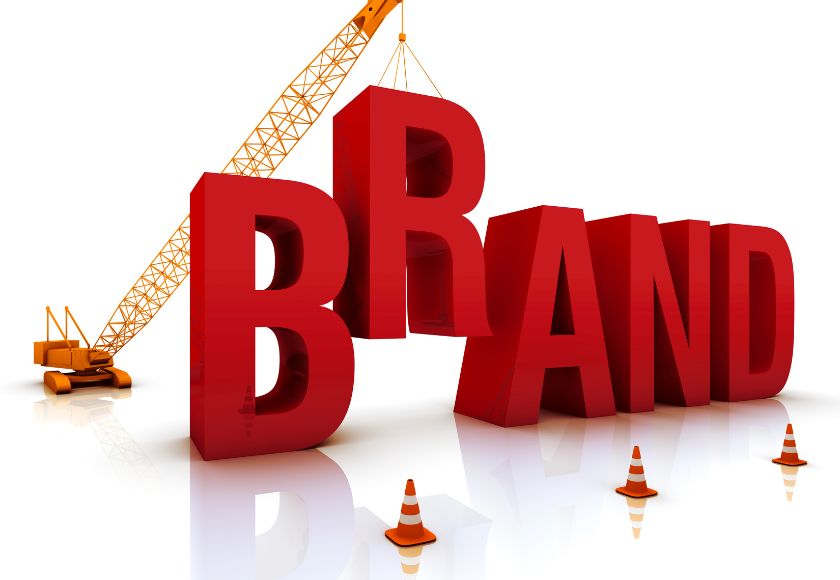The Power of Branding: Why Your Logo Isn’t Just a Pretty Design

“Design is the silent ambassador of your brand.” — Paul Rand
In today’s fast-moving, digital-first world, building a brand is no longer optional—it’s essential. And at the core of any powerful brand lies one simple yet crucial element: the logo.
A logo might seem like just a small part of your visual identity, but it carries a big load. It’s often the first impression people have of your business. It communicates who you are, what you do, and—perhaps most importantly—why you matter.
This blog explores why your logo is much more than a graphic element. We’ll walk through the psychological, strategic, and emotional weight it carries and why investing in thoughtful logo design is investing in your brand’s future.
1. The Logo: Your Brand’s First Handshake
Think of your logo as your brand’s handshake—a first impression that sets the tone. Whether it’s placed on your website, social media, packaging, or a billboard, your logo has to speak volumes in seconds.
A strong logo does three things:
-
Grabs attention
-
Communicates personality
-
Invites people in
In a world where people make snap judgments in under 7 seconds, a forgettable or unclear logo can cost you attention and trust. But a well-designed one? It becomes the anchor of your brand’s identity.
2. Logos Tell Stories Without Words
Every business has a story. Your logo visually condenses that story into a single symbol. It reflects your mission, values, vision, and character—all without uttering a word.
-
A minimalist tech startup might opt for clean lines and sharp fonts to communicate efficiency and innovation.
-
An organic skincare brand may go with earthy tones and flowing shapes to suggest natural, gentle care.
When crafted with intention, a logo becomes a visual metaphor for what your brand represents. It aligns customers with your values and draws them into your world.
3. The Psychology of Design and Color
You’ve probably heard that colors evoke emotion. It’s true—and it’s why color theory is such an important aspect of logo design.
-
Blue evokes trust, calm, and reliability (popular in tech and finance).
-
Red symbolizes passion, energy, and urgency (common in fast food and sales).
-
Green stands for growth, health, and nature (used in wellness and sustainability).
-
Black is associated with luxury, elegance, and authority.
Beyond color, typography and shape matter too. Serif fonts feel traditional and trustworthy. Sans-serif fonts feel modern and clean. Circular shapes suggest community and protection; angular shapes feel powerful and progressive.
A good brand consultant or designer knows how to use these elements intentionally to help your logo connect emotionally with your audience.
4. Recognition Builds Relationships
People don’t fall in love with logos overnight. Recognition is built over time through consistency and repetition.
A great logo becomes familiar—and familiarity breeds trust.
Think of logos like:
-
The golden arches of McDonald’s
-
The swoosh of Nike
-
The apple (with a bite) of Apple
These logos are etched into global consciousness. While most brands won’t reach that level, a strong, consistent logo can help your audience recognize you across platforms and touchpoints. It makes you memorable, which is step one toward becoming preferred.
5. Logos Set You Apart from the Competition
Every market is crowded. Regardless of your industry, you’re likely not the only one offering what you do.
So what makes you stand out?
Branding. And specifically, your logo—the visual symbol of that brand.
Imagine walking into a store and seeing two products on a shelf. One has a strong, professional logo and the other looks DIY and unclear. Which one would you trust more?
Even subconsciously, people equate a polished logo with legitimacy and quality. It’s one of the few things you can control when shaping perception.
6. Good Logos Scale. Great Logos Adapt.
A good logo isn’t just about beauty—it’s about functionality.
Your logo should:
-
Look great on a website header and on a business card
-
Be readable in color and black-and-white
-
Be scalable for large banners and small social media icons
-
Remain recognizable across formats (print, digital, mobile, merchandise)
That’s why logo systems are so popular now—brands often use multiple logo versions (icon, stacked, horizontal) that all tie into a consistent identity.
7. It’s Not Just a Design—It’s Strategy
Creating a logo isn’t just about sitting in front of a computer and designing something visually nice. It’s a strategic process that involves research, competitor analysis, brand positioning, target audience understanding, and storytelling.
A good logo:
-
Aligns with your brand strategy
-
Appeals to your ideal customers
-
Differentiates you from your competitors
This is why many businesses choose to work with a brand consultant or a full-service branding agency like Branding Junction. Because creating a logo is more than a task—it’s a transformation.
8. Rebranding? Here’s When to Rethink Your Logo
There are moments in a brand’s journey when the logo needs to evolve:
-
You’ve shifted your business focus or audience
-
Your current logo feels outdated or generic
-
You’re entering a new market or scaling fast
-
You’ve undergone a merger or acquisition
But rebranding doesn’t mean you abandon your legacy. The best rebrands refresh the logo while preserving its spirit—just like what Google and Starbucks have done over time.
Final Thoughts: Your Logo Is a Long-Term Investment
Your logo is often the smallest element of your brand—but it has the biggest responsibility.
It doesn’t just represent your company. It speaks for your reputation, values, and promise to your customers. When done right, a logo becomes a legacy—something people trust, remember, and even love.
At Branding Junction, we treat logo creation as the start of something powerful. We blend creativity with deep strategy, ensuring your logo isn’t just a design—but a beacon of everything your brand stands for.
